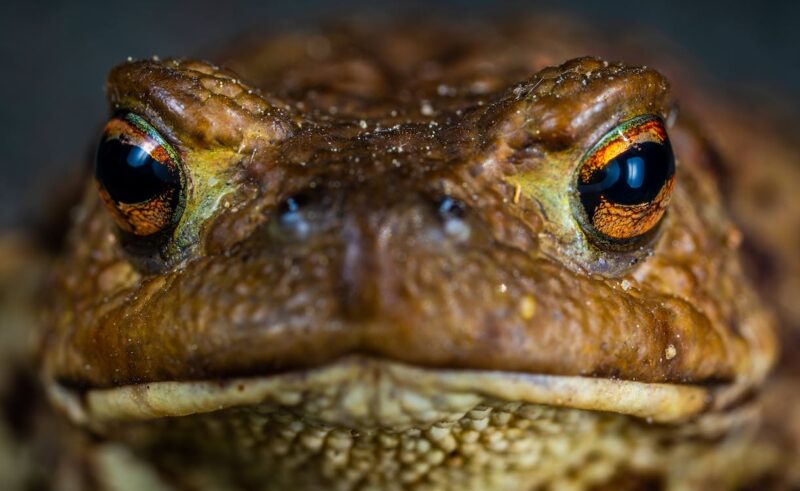It’s an unexpected question, but one you’ve found yourself pondering: what does frog poop look like? Whether you’re a curious naturalist, a pet owner, or someone who has unexpectedly stepped into a mysterious substance, understanding the scatological world of frogs can be surprisingly enlightening.
Frogs and toads are intriguing creatures with unique digestive systems and a wide variety of diets, all of which contribute to the appearance of their feces. In this comprehensive guide, we will unravel the mystery of frog poop, discuss its variations, and reveal its significance in ecological health and pet care.
Key Takeaways
- Ecological Role: Frog feces are important for soil nutrients and ecosystem health indicators.
- Health Indicator: Changes in frog feces can signal health issues in pet frogs.
- Appearance: Generally brown or greenish, moist, varies in size and shape based on the frog species.
- Diet Influence: The frog’s diet affects the appearance of its feces.
- Scientific Research: Used for studying frog diets, ecosystems, and parasite presence.
- Climate Change Impact: Alters frog diets and stress levels, affecting feces composition.
- Pet Care: Regular habitat cleaning and monitoring feces for changes are crucial for pet frog health.
Why Frog Poop Matters
Before diving into the specifics, let’s first understand why frog feces can be a subject of importance. Believe it or not, their feces can serve as an important tool for scientific research and ecological studies. Additionally, understanding their waste can offer insights into the health and well-being of pet frogs.
Ecological Significance
Frogs are an essential part of many ecosystems. As both predators and prey, they serve a dual role in the food web. Their waste returns nutrients to the soil, aiding plant growth and facilitating energy transfer within the ecosystem. Researchers sometimes study frog feces to better understand the diets and habitat preferences of frog populations, which can serve as indicators of overall ecosystem health.
Indicator of Health
If you own a pet frog, observing its feces can be a crucial part of ensuring its well-being. Changes in the size, color, or consistency of frog feces can indicate potential health issues such as parasites, dietary imbalances, or other conditions requiring veterinary attention.
The Anatomy
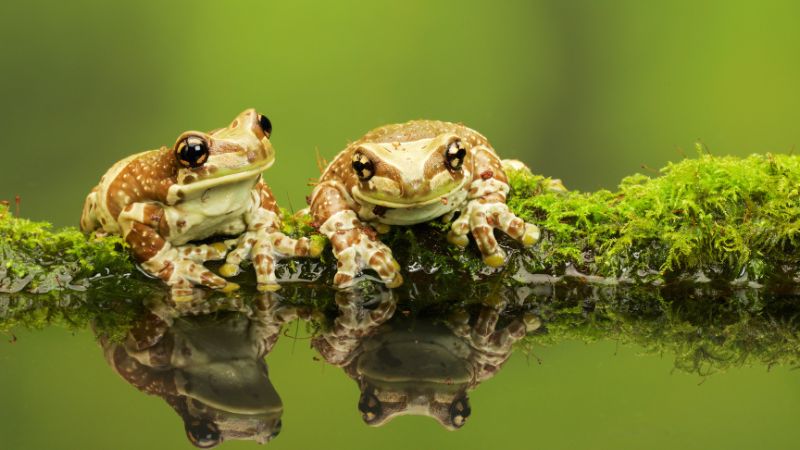
Now that we’ve covered the significance let’s get into the details. What does frog poop actually look like? The appearance can vary based on several factors, including the frog’s diet, its size, and even its species.
Color and Consistency
- Typically Brown or Greenish: Much like many animals, frog poop is generally brown. However, a greenish hue can also appear, especially if the frog has been eating a lot of green plants or algae.
- Moist but Formed: Given their aquatic nature and diet, frog feces are often more moist than those of many mammals but should still hold form.
Size and Shape
The size and shape of frog feces can vary significantly depending on the size of the animal. Smaller species like the American green tree frog produce droppings that may be only a few millimeters long, while larger species like the African bullfrog can produce feces up to a couple of inches in length. The shape is usually elongated or tubular, akin to miniature logs.
Diet and Variations
Frogs are primarily insectivores, consuming a diet of insects, worms, and other small creatures. However, larger species may consume small fish and even rodents. The diet significantly influences the appearance of the feces. For instance, frogs eating a lot of hard-shelled insects may produce feces with noticeable bits of exoskeletons.
Comparison With Other Animal Poop
For those venturing into the great outdoors or perhaps examining their backyards, distinguishing frog poop from that of other animals can be essential. Frog feces have specific characteristics that set them apart from the scat of birds, mammals, and other amphibians.
Comparing Scat: Birds, Mammals, and More
- Bird Droppings: Bird droppings usually consist of a dark, solid portion and a white, liquid portion, which is uric acid.
- Mammal Droppings: Mammal feces are typically more rounded or clumpy and usually much drier compared to frog feces.
Identifying Frog Poop in the Wild
Observing size, color, and location can help you identify frog feces in nature. They are often found near water sources like ponds or streams where frogs are likely to be present. Knowing the native species in the area can also provide clues. But remember, when in doubt, it’s best to consult a field guide or expert.
The Role in Scientific Research
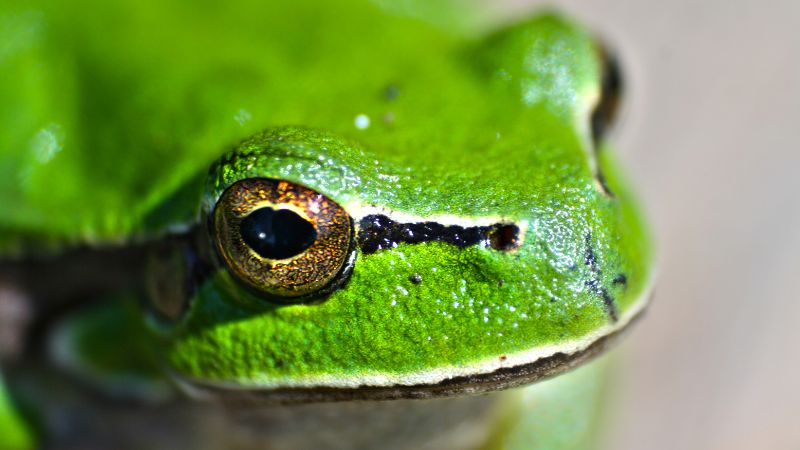
Frog feces have been the subject of scientific scrutiny for reasons you might not expect. These include in-depth diet analysis and parasite studies that provide invaluable information about both individual frog species and the ecosystems they inhabit.
Diet Analysis
Scientists can dissect frog feces to gain insights into what particular species are eating, which in turn provides valuable data on local ecosystems. Understanding a frog’s diet helps researchers deduce the types of insects or small animals present in a specific habitat. This information can be crucial for conservation efforts and ecological studies.
Parasite Studies
Another critical area of study is parasitology. Frog feces can contain various parasites, which provide clues to the animal’s health and the health of the surrounding environment. Identifying the types and levels of parasites present can lead to better conservation practices and disease management strategies for amphibian populations.
Climate Change and Its Impact
As with many aspects of the natural world, climate change has begun to impact frogs and, by extension, their fecal matter. This section will cover the ecological and biological shifts that affect the composition and frequency of these animals’ poop.
Altered Diets
Climate change has been shown to impact the availability of certain types of prey for frogs. A scarcity of particular insects can lead to changes in diet and, consequently, variations in the appearance and composition of their feces. Researchers can sometimes track these shifts through changes in frog fecal matter, adding another layer to the complex puzzle of climate change’s ecological effects.
Environmental Stress
Higher temperatures and altered water conditions can cause stress in frog populations, which might lead to digestive issues. Stress affects the metabolism of these animals, potentially leading to more frequent or less frequent defecation or even changes in fecal consistency and color. Observing such changes can provide researchers with early warning signs of environmental stress impacting local frog populations.
Tips for Maintaining a Clean Habitat
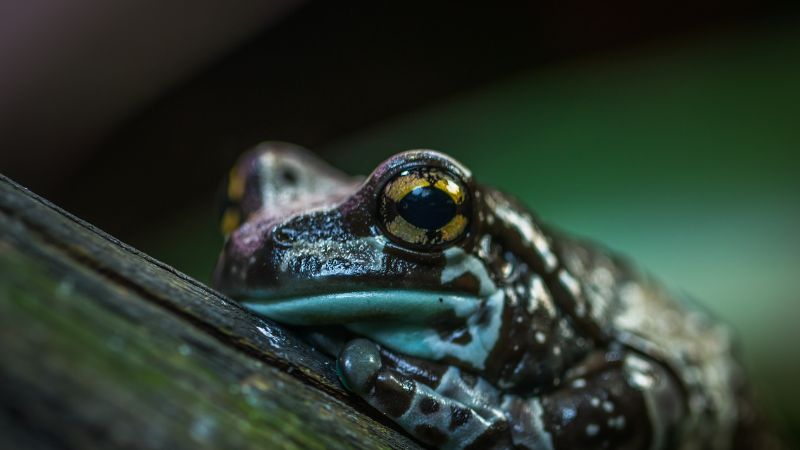
For those of you who own pet frogs, understanding their poop is essential not just for the animal’s health but also for maintaining a clean and healthy habitat.
Daily Checks
- Remove Visible Waste: Use a scooper or tweezers to remove any visible waste material daily.
- Check Water Quality: Make sure to test the water for any signs of fecal contamination, especially if your frog is aquatic or semi-aquatic.
Deep Cleaning
At least once a month, it’s advisable to conduct a deep cleaning of your frog’s habitat. This involves removing all substrate and decorations and thoroughly cleaning and disinfecting the tank. Replace the substrate and wash any tank decorations before returning them to the habitat.
Monitoring for Anomalies
Always be on the lookout for changes in the color, consistency, or frequency of your frog’s feces. These could be indicators of health issues. If you notice anything out of the ordinary, consult a veterinarian experienced with amphibians for proper diagnosis and treatment.
Final Words
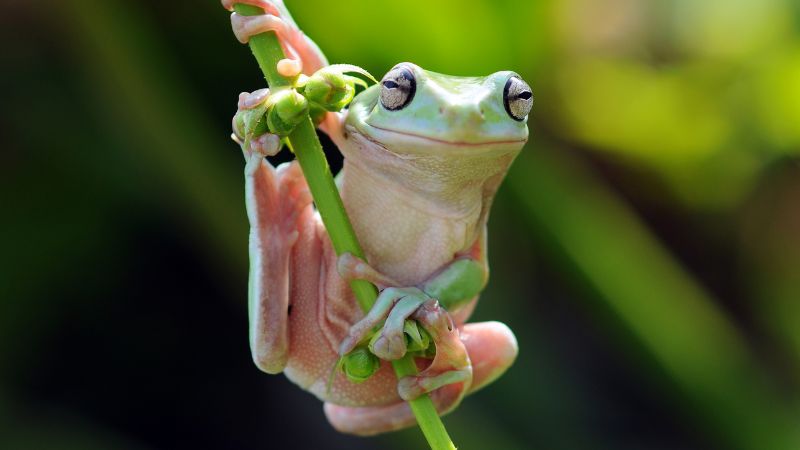
There you have it—a complete guide to what frog poop looks like and why it matters. Who knew that such a seemingly trivial topic could offer such insights into ecological health, pet care, and even scientific research? The next time you find yourself pondering the peculiarities of the animal kingdom, remember: even the humblest of subjects can open doors to a wealth of knowledge.
Related Posts:
- What Does Squirrel Poop Look Like? - Warning-Contains Nuts
- 10 Best Books on Climate Change in 2024 - In-Depth…
- What Do Wolves Eat? A Closer Look at The Hungry Hunters
- White-Lipped Tree Frog - Pictures, Videos and…
- Squirrel Vs Rat Poop - How to Tell the Difference
- How to Use a Tumbling Composter: How to Use it Like a Pro


